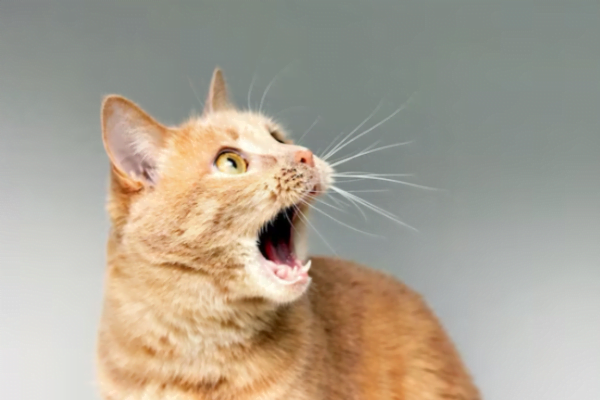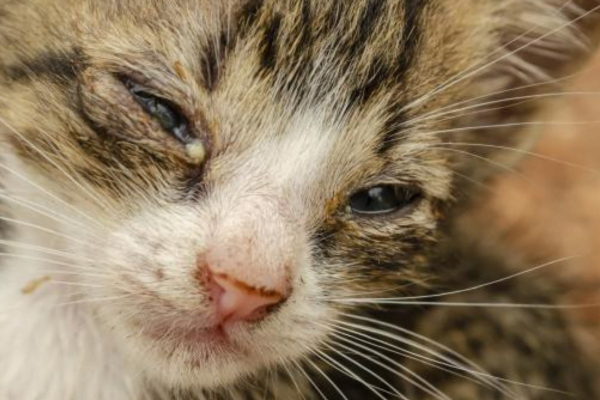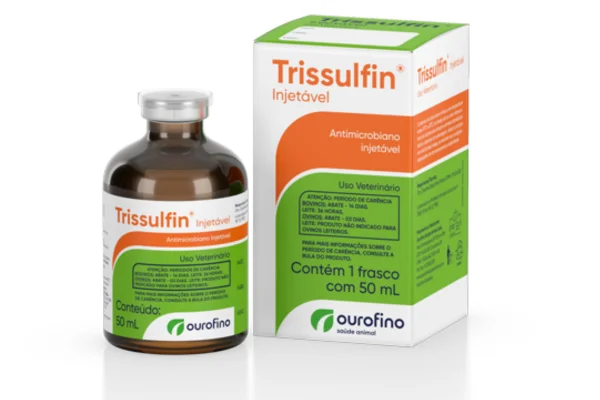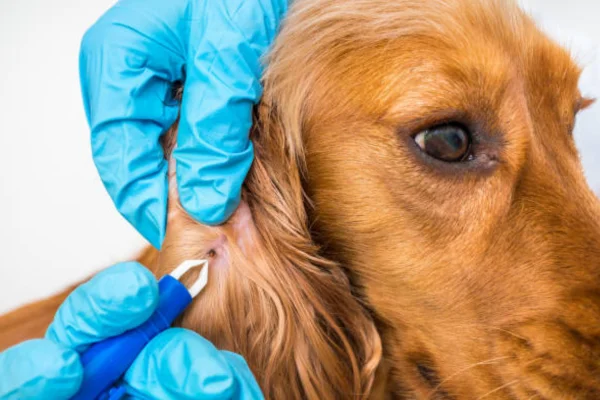Upper Respiratory Tract Infections in Cats: A Complete Guide
Description: This comprehensive guide to Upper Respiratory Tract Infections in cats offers detailed information and insights based on experience and knowledge. Find out how to deal with this feline health problem.
Upper Respiratory Tract Infections in cats can be a common concern for feline owners. These infections affect the nose, throat and sinus areas of cats, causing uncomfortable symptoms.
In this comprehensive guide, we'll cover everything you need to know about Upper Respiratory Tract Infections in cats, from symptoms and causes to treatment and prevention options.
Upper Respiratory Tract Infections in Cats: An Overview
Upper Respiratory Tract Infections in cats are a group of infectious diseases that affect the respiratory system of these animals. They can be caused by different agents, such as viruses and bacteria, and are highly contagious between cats. Here are some essential aspects you should know:
What Are Upper Respiratory Tract Infections in Cats?
Upper Respiratory Tract Infections in cats, also known as "URTIs," encompass several conditions that affect the nose, throat and sinuses of felines. These infections can vary in severity and duration, but generally have similar symptoms.
Common Symptoms of Upper Respiratory Tract Infections in Cats
- Frequent sneezingCats with CRTI tend to sneeze frequently.
- Runny noseA runny nose is a common symptom.
- Watery eyesAffected cats often have watery eyes.
- Mild fever: In some cases, fever may be present.
- Lethargy: Cats may seem less active than usual.
Causes of Upper Respiratory Tract Infections in Cats
LRTIs can be caused by different viruses and bacteria, including feline herpesvirus (FHV-1) and feline calicivirus (FCV). These infectious agents are highly contagious and can spread easily in cat communities, such as shelters and multi-feline dwellings.
Diagnosis and treatment
Early and accurate diagnosis of Upper Respiratory Tract Infections in cats is essential to ensure your pet's well-being. If you suspect your cat has an URTI, consult a veterinarian immediately. Here are the typical steps involved in diagnosis and treatment:
Diagnosis
- Clinical examinationThe vet will carry out a complete physical examination of the cat.
- Symptom assessmentTypical symptoms such as sneezing and runny nose are observed.
- Laboratory testsIn some cases, tests can be carried out to identify the specific infectious agent.
Treatment
- Antiviral drugsFor viral infections, such as FHV-1, antiviral drugs may be prescribed.
- AntibioticsIn cases of secondary bacterial infections, antibiotics are necessary.
- Nutritional supportCats with ITRS may need additional nutritional support to recover more quickly.
Prevention:
Prevention is always better than cure when it comes to feline health. Here are some measures you can take to help prevent Upper Respiratory Tract Infections in cats:
Vaccinations
Vaccines against FHV-1 and FCV are available and highly recommended for cats, especially those that have contact with other felines. Make sure you keep your cat's vaccinations up to date according to your vet's recommendations.
Clean environment
Keep your cat's living area clean and sanitized. This includes regularly cleaning the litter box, food and water bowls, as well as disposing of waste properly.
Isolation
If your cat is sick with an LRTI, isolate it from other cats to prevent the spread of infection.
Upper Respiratory Tract Infections in Cats: Frequently Asked Questions
1. What are the main causes of Upper Respiratory Tract Infections in cats? LRTIs can be caused mainly by feline herpesvirus (FHV-1) and feline calicivirus (FCV).
2. What are the typical symptoms of Upper Respiratory Tract Infections in cats? Common symptoms include sneezing, runny nose, watery eyes and mild fever.
3. Are Upper Respiratory Tract Infections in cats contagious to other pets? Yes, these infections are highly contagious and can spread easily between cats.
4. Does my cat need to be vaccinated against LRTI? Yes, vaccination is highly recommended to prevent CRTI in cats.
5. How can I look after my cat during an Upper Respiratory Tract Infection? Consult a veterinarian for specific treatment guidelines, which may include antiviral drugs and antibiotics.
6. What are the risks if Upper Respiratory Tract Infections in cats are left untreated? If left untreated, these infections can become chronic and affect the cat's general health.
Conclusion
Upper Respiratory Tract Infections in cats can be challenging, but with proper diagnosis and treatment, most cats make a full recovery. In addition, prevention plays a key role in protecting your feline's health.
Make sure your cat is up to date with recommended vaccinations and maintain a clean environment to minimize risks. If you suspect an LRTI, don't hesitate to seek veterinary advice. Take care of your cat so that it can enjoy a healthy and happy life.
============================================
If you liked our guide, please leave a comment.
Thanks for stopping by, check out our other work too
https://cuidar.petlove.com.br/anti-helmintico-chemitec-chemital-para-gatos/p?sku=2344000
https://vettopbr.com/tosse-em-caes/








